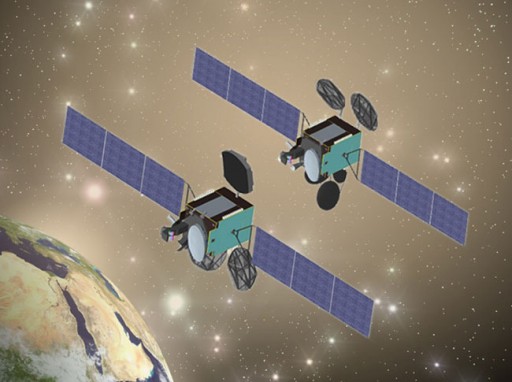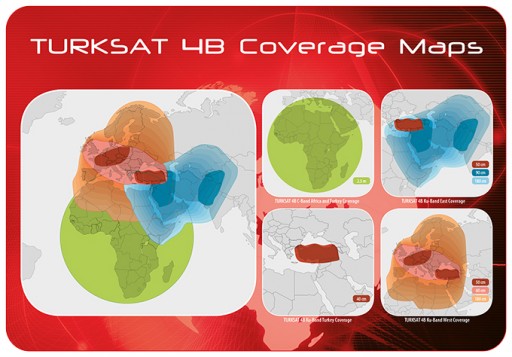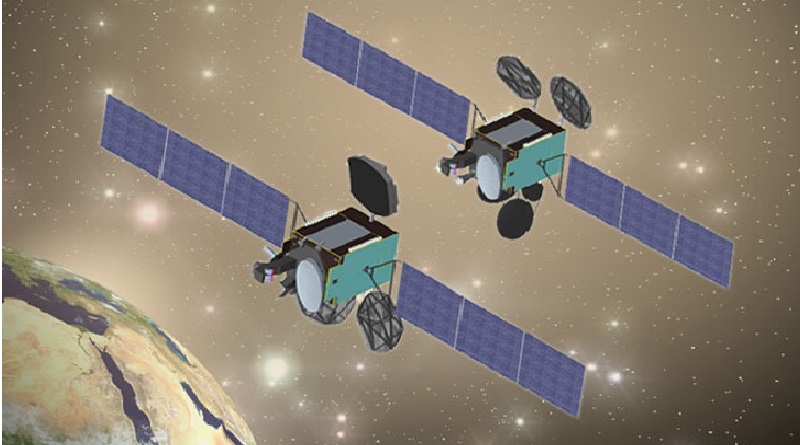Turksat-4B Communications Satellite reaches Geostationary Orbit

The Turksat-4B communications satellite has arrived in its intended slot in Geostationary Orbit, orbital data released by the Joint Space Operations Center shows.
Turksat-4B raced into the night skies over Kazakhstan on October 16, lifting off atop a Proton-M / Briz-M launch vehicle. Sticking to a five-burn mission profile, the Briz-M upper stage operated for nine hours and 13 minutes, successfully lofting the satellite to a Geostationary Transfer Orbit of 9,169 by 35,756 Kilometers at an inclination of 13.07°.
After Turksat-4B was sent on its way, the satellite manufacturer, Mitsubishi Electric, assumed control of the mission to put the craft through initial testing operations and start the climb up to Geostationary Orbit by conducting a series of engine burns at the apogee of the orbit to raise the perigee and reduce the orbit’s inclination to reach a stationary position over the equator.
Three days after launch, Turksat-4B made its first maneuver, raising the perigee to over 16,000 Kilometers. After the satellite’s next apogee maneuver, tracking systems had some trouble finding the craft which is a common occurrence with high-altitude satellites on the move. Tracking data resumed on October 28 showing Turksat-4B reached Geostationary Orbit:
2015-060A - 35,767 x 35,805 km - 0.026° - Equator Crossing Longitude: 50.0°E

The satellite has reached its operational position at 50° east in Geostationary Orbit, currently showing a drift rate of 0.002 degrees per day. Turksat expects to take control of the 4B satellite in December when commissioning and in-orbit testing will be complete. The expected mission of Turksat-4B is at least 15 years in duration and the fuel reserves of the spacecraft are budgeted to last for a lifetime of 20 years.
Turksat-4B is equipped with a Ka, Ku, and C-Band communications payload facilitating 43 transponders. The satellite hosts a 1.6-meter Ku-Band array antenna on its Earth-facing panel plus two reflector antennas 2.5 and 2.2 meters in diameter, respectively. A single global C-Band feed antenna can be found on the Earth-facing deck of the satellite. Three Ka-Band antenna reflectors are installed on the satellite, two 1.6 and one 1-meter parabolic reflectors.

